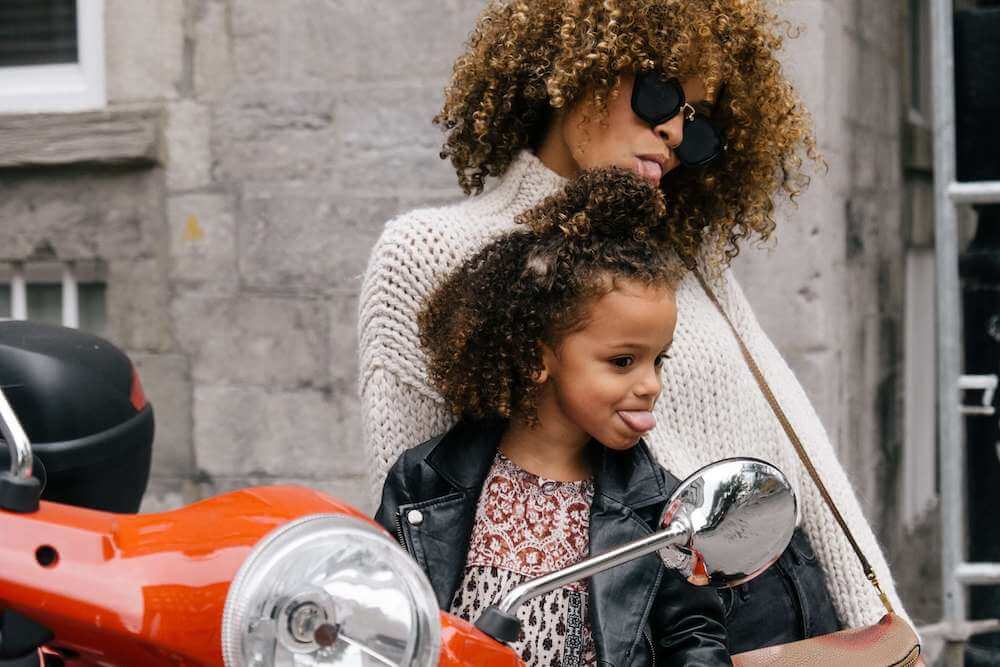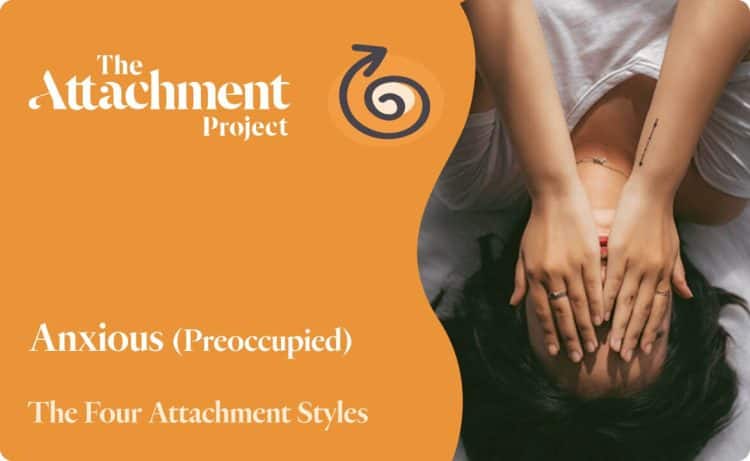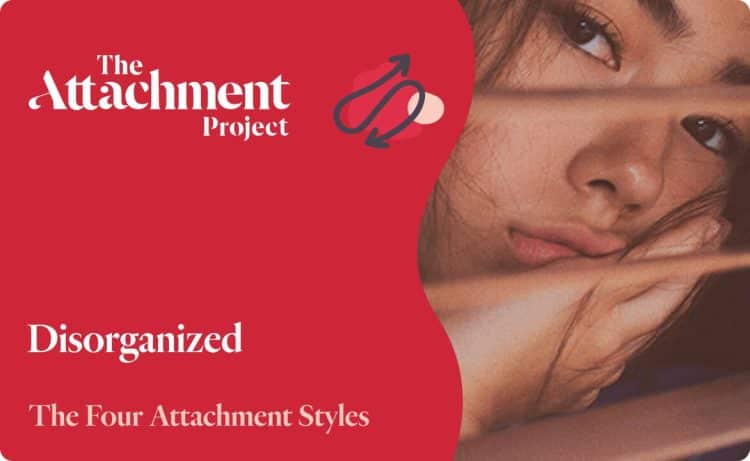
Why we need to treat
attachment disorders
Healing unresolved childhood trauma enables
the formation of healthy, loving relationships. Why we need to treat
attachment disorders
Here to help you cultivate attachment security
We offer you support and guidance on your journey towards better relationships and a happier, more fulfilling life.

How and why did we start The Attachment Project?
Our founder, Jock Gordon, came from a family of war veterans; his Great Grandfather was a World War I veteran, his Grandfather was a World War II veteran, and his father suffered from PTSD after his time in Vietnam. You could potentially say that trauma ran in his family…due to these factors, Jock carried the weight of transgenerational trauma and struggled with reading his own thoughts and emotions, as well as with building healthy, fulfilling relationships.
Seeking answers and support, Jock stumbled onto attachment theory, which sparked his interest immediately. Yet, Jock quickly realized that there was a shortage of specialists in the area who could help him to overcome his attachment insecurity. He began to wonder – in the same way that he didn’t benefit from one school of thought, or one therapy – whether many other people were struggling in the same way.
Through exploration of the area, Jock encountered a range of different therapies and approaches, and ultimately, started to combine elements of the ones that he found to be most effective. Essentially, he came to the realization that therapy doesn’t have to fit a specific mold for people to achieve positive change in their lives – in fact, the contrary might just be the best approach.

Raising awareness about attachment theory
The Attachment Project’s genesis was born from the drive to distribute it’s insights on human attachment, as well as it’s alternative approaches to healing, to as many people as possible.
Today, people from all over the world are discovering more about their attachment styles using our online tools. Our goal is to keep expanding and finding new ways to raise awareness and interest in the science of human attachment.

Earning secure attachment is possible for everyone
We all want happy and balanced relationships – it’s a universal desire. And yet, most of us don’t understand the foundation of why we connect with each other in the manner that we do – regardless of whether we are successful at initiating and maintaining relationships, or whether we find the whole process a challenge.
Your attachment style is not set in stone. You can learn to attach more securely, to get in touch with your emotional needs, and to form relationships that last. But it would be difficult to do so without overcoming ingrained attachment issues, insecurities, and childhood trauma.

Breaking the intergenerational cycle of insecure attachment & trauma
Cultivating a secure attachment doesn’t only carry benefits for the individual, but also for the significant others in their life, and even for their future generations.
Think about it this way; we develop our attachment style from our caregivers. Therefore, it makes sense that our caregivers formed their attachment style based on their bond with their caregivers, and so on and so forth. Thus, attachment styles and trauma are typically passed through generations of families.
But many people don’t have the benefit of being aware of this. Knowledge, understanding, and action can help to heal an insecure attachment and ensure that we don’t pass on the same traits – so that our children don’t have to struggle in the same way that we did.
The Life Cycle of an Attachment Style
Attachment styles are fixed patterns of behavior that a child develops by the age of two. Once the behaviors are locked-in, three out of four people never change that pattern later in childhood, adolescence, and ultimately as adults.

- Securely attached children tend to become upset when separated from their caregivers but are easy to soothe.
- They seek comfort when frightened and respond positively to contact.
- Secure adults tend to be warm, open, and easy-going. They trust others and are comfortable with seeking and giving emotional support.
- Such adults respect, value, and feel good about themselves – regardless of whether they’re alone or in relationships.
- Secure caregivers are good at regulating their emotions and being open and straightforward to their children.
- They are highly attuned to the needs of their children and create a loving and compassionate environment.
- They accept their children’s unique qualities and individuality but also empathize with and support their experiences.

- Avoidant children might act uninterested and disregard affection from their caregivers.
- They tend to show aggression when among other children.
- Adults with an avoidant attachment style seem sociable, confident, and in control of their lives.
- However, such adults often have a hard time building deep, committed relationships with others.
- Avoidant adults find it difficult to open up and accept others in their personal space.
- Avoidant caregivers tend to disregard their children’s attachment needs.
- Such caregivers can be strict and controlling towards their children.
- They do not tolerate any strong display of emotion (both positive and negative) and expect their children to be independent and ‘tough’.

- Anxious- ambivalent children tend to be very sensitive and responsive to other’s needs, often at their own expense.
- They experience distress when separated from their caregivers and are difficult to soothe when their caregivers return.
- Anxious-preoccupied attachment can cause excessive worrying, tension, and stress both about and in relationships.
- Anxious adults often have low self-esteem and require a lot of external validation to feel good about themselves.
- Such individuals are very sensitive and tend to people-please and self-sacrifice for the sake of being liked and accepted.
- Anxious caregivers tend to over-involve their children in their own feelings and emotional needs.
- They might experience emotional hunger towards their children.
- Thus, anxious caregivers may be very inconsistent in their approach and attitude towards their children.

- Disorganized children tend to be fearful and express ambivalent behaviors towards their caregivers. This may look like a “Come here – no! Go away!” action, or else approaching followed by distancing; anger or aggression without an obvious reason; or ‘freezing’ in their caregiver’s presence.
- Such children are faced with a dilemma: their caregivers – their only source of safety – are also a source of fear.
- Disorganized attachment is associated with switching between states of high anxiety and high avoidance. Disorganized adults would thus display behaviors that are typical for the other two insecure styles (anxious and avoidant).
- Such adults often struggle with an intense fear of abandonment and find it difficult to trust others due to their worry of getting hurt.
- Disorganized caregivers might struggle with building emotionally intimate relationships with their children.
- These caregivers often behave in an ambivalent, inconsistent, and unpredictable way, which might confuse or frighten the child.
- Such adults might feel emotionally overwhelmed by parenting.
Find out your attachment style
Not sure where to start? Let us help…

Take the Quiz
Discover your attachment style with a personal report.
Read the Blog
Get insights about dating and relationships.

Follow us for more insights on attachment theory.

YouTube
Free video content on attachment.











 Get mental health tips straight to your inbox
Get mental health tips straight to your inbox